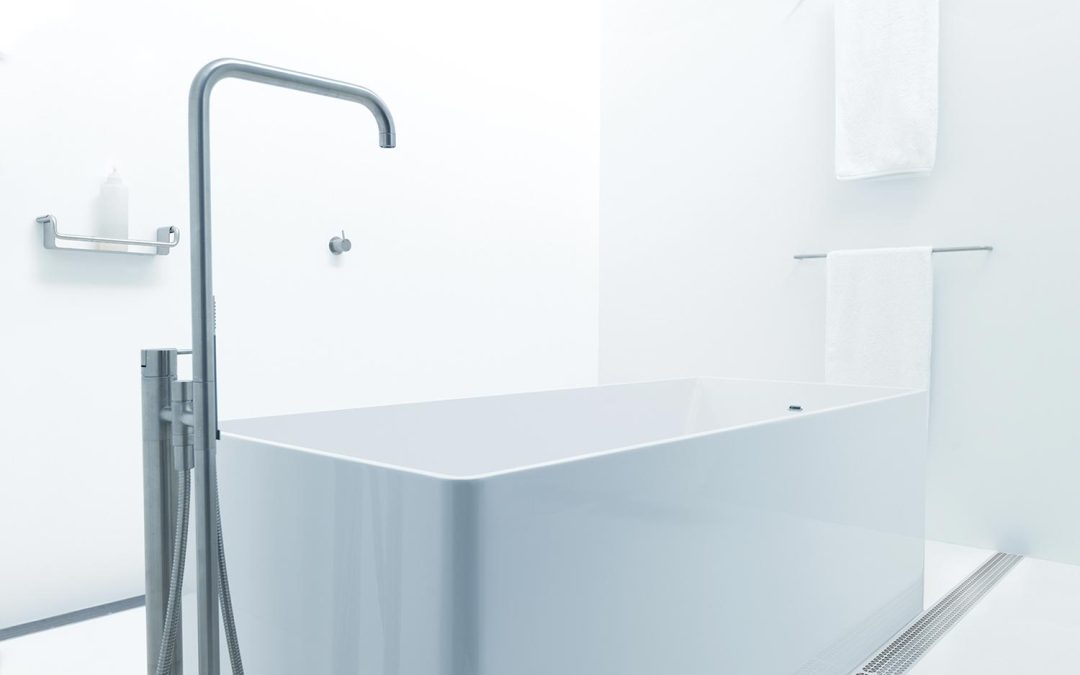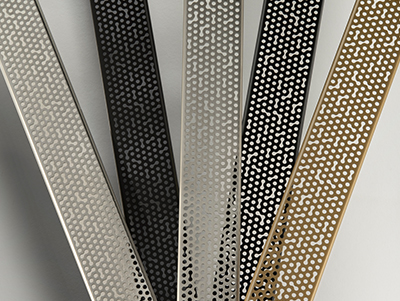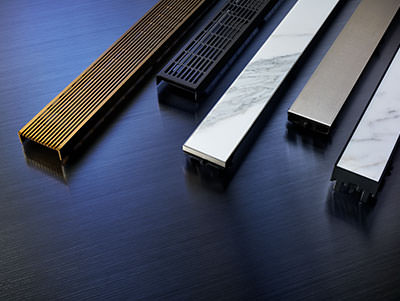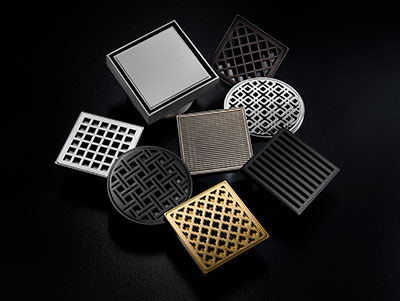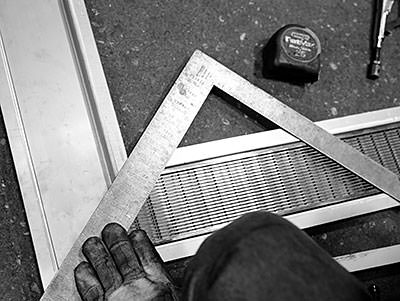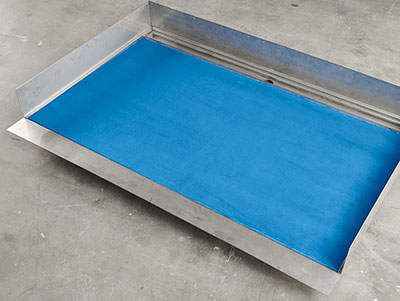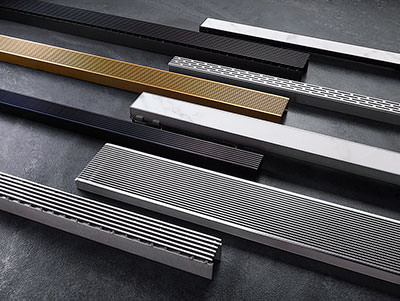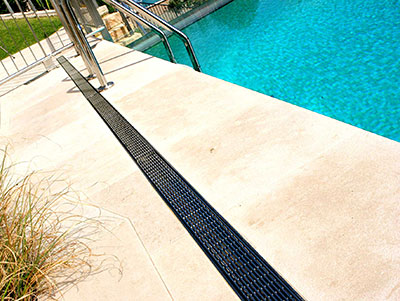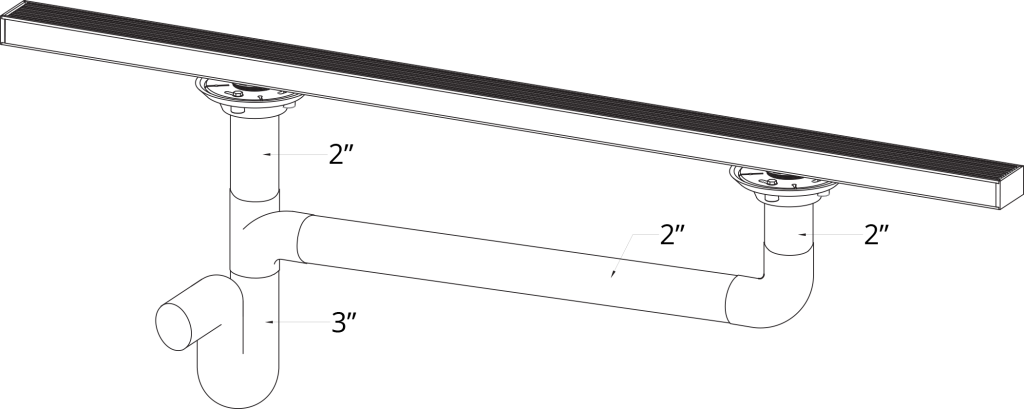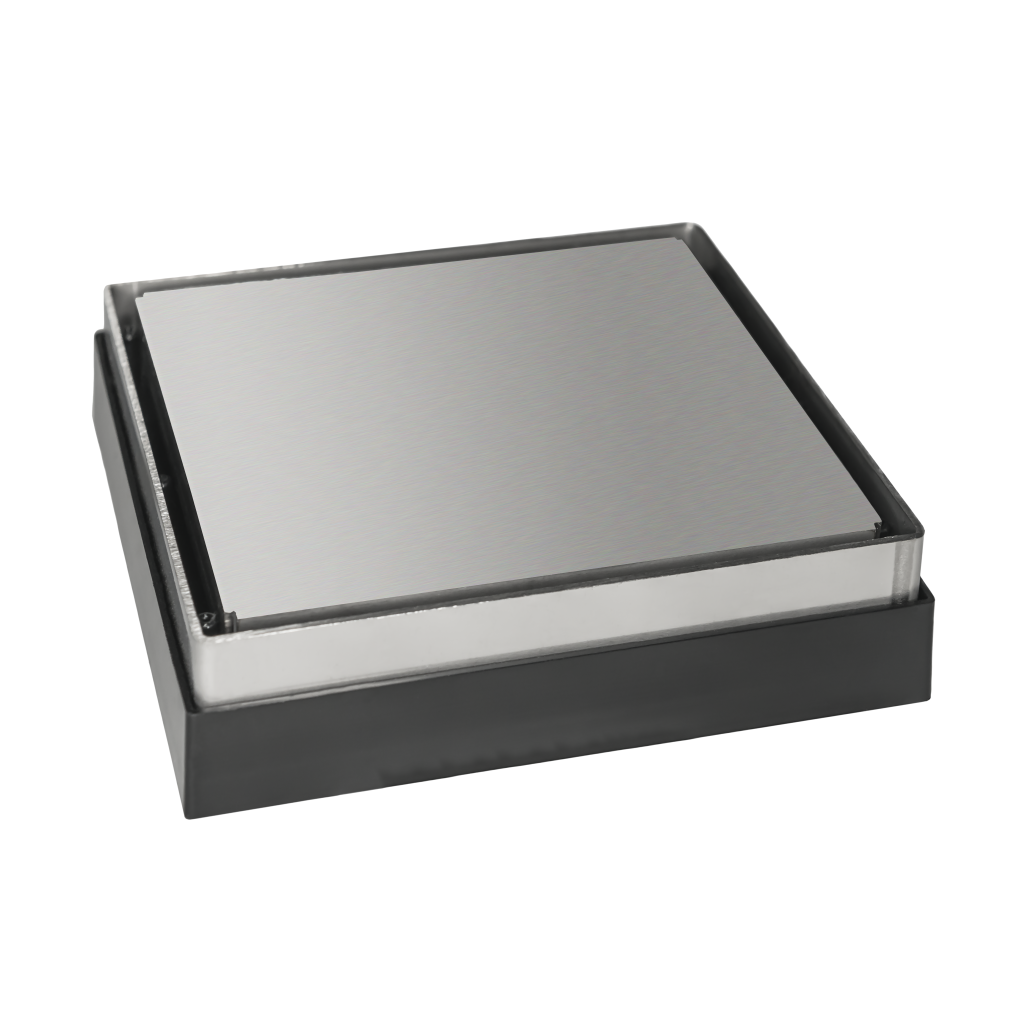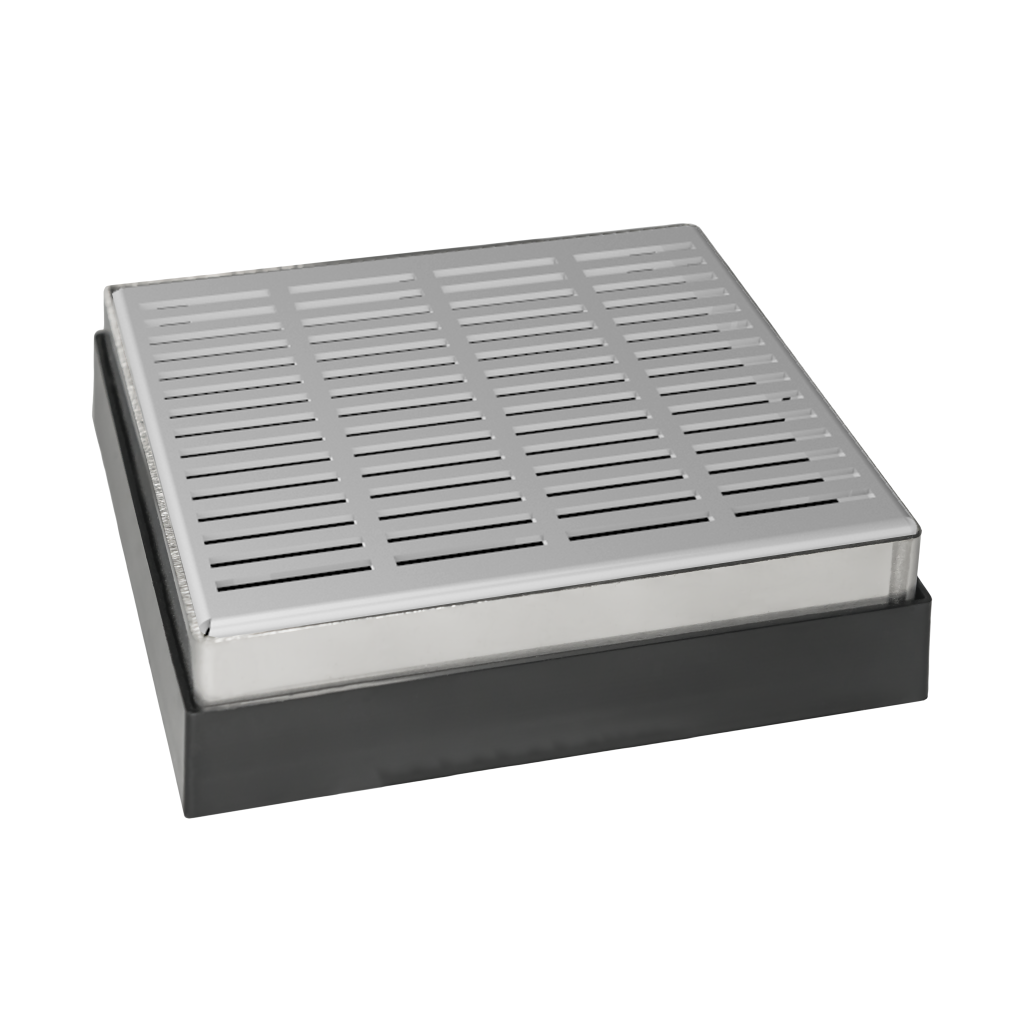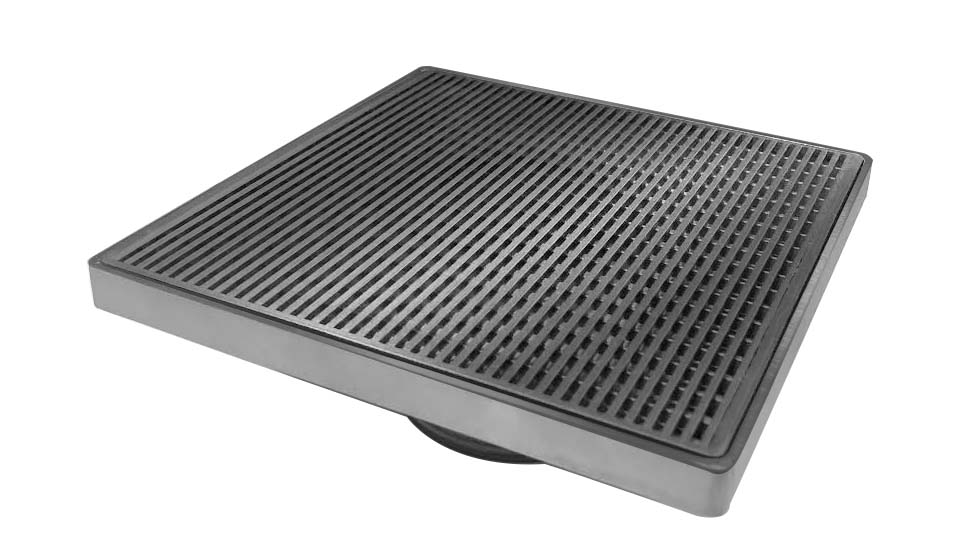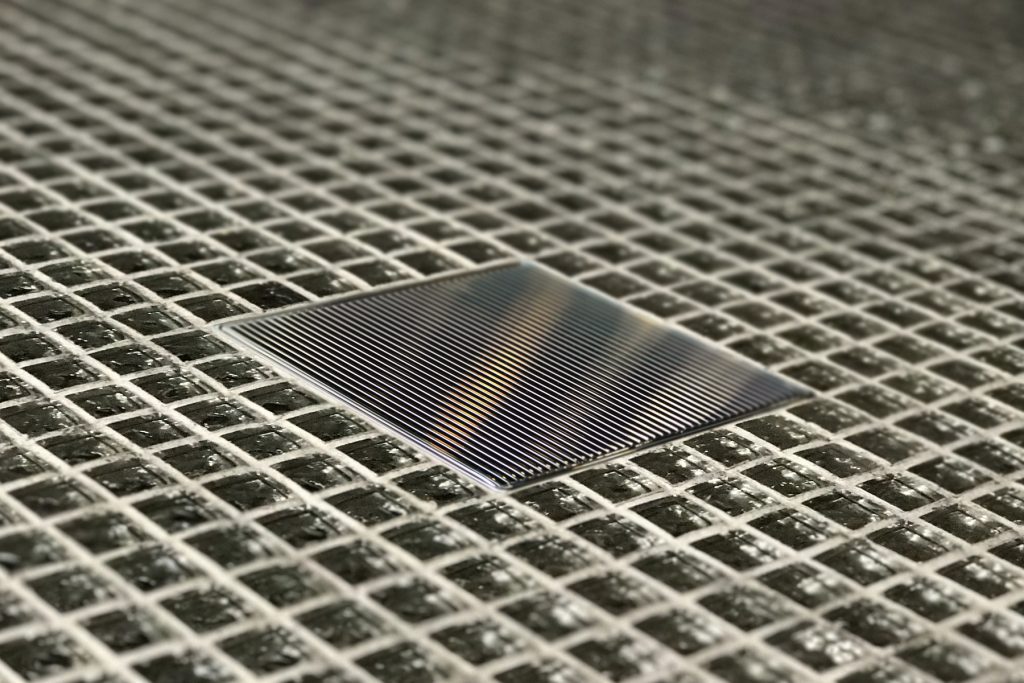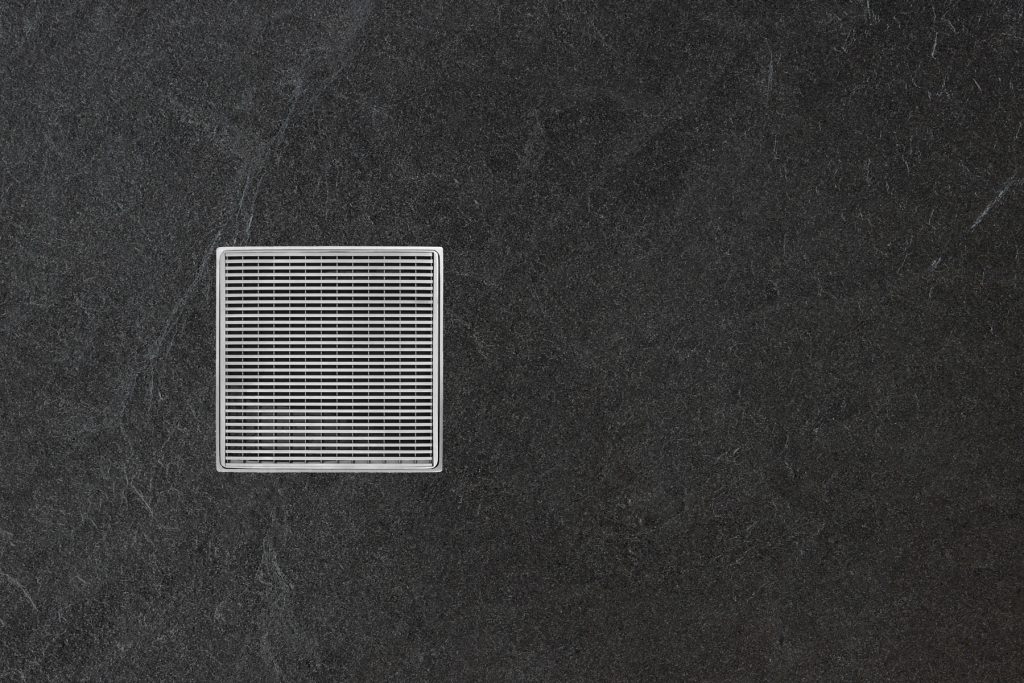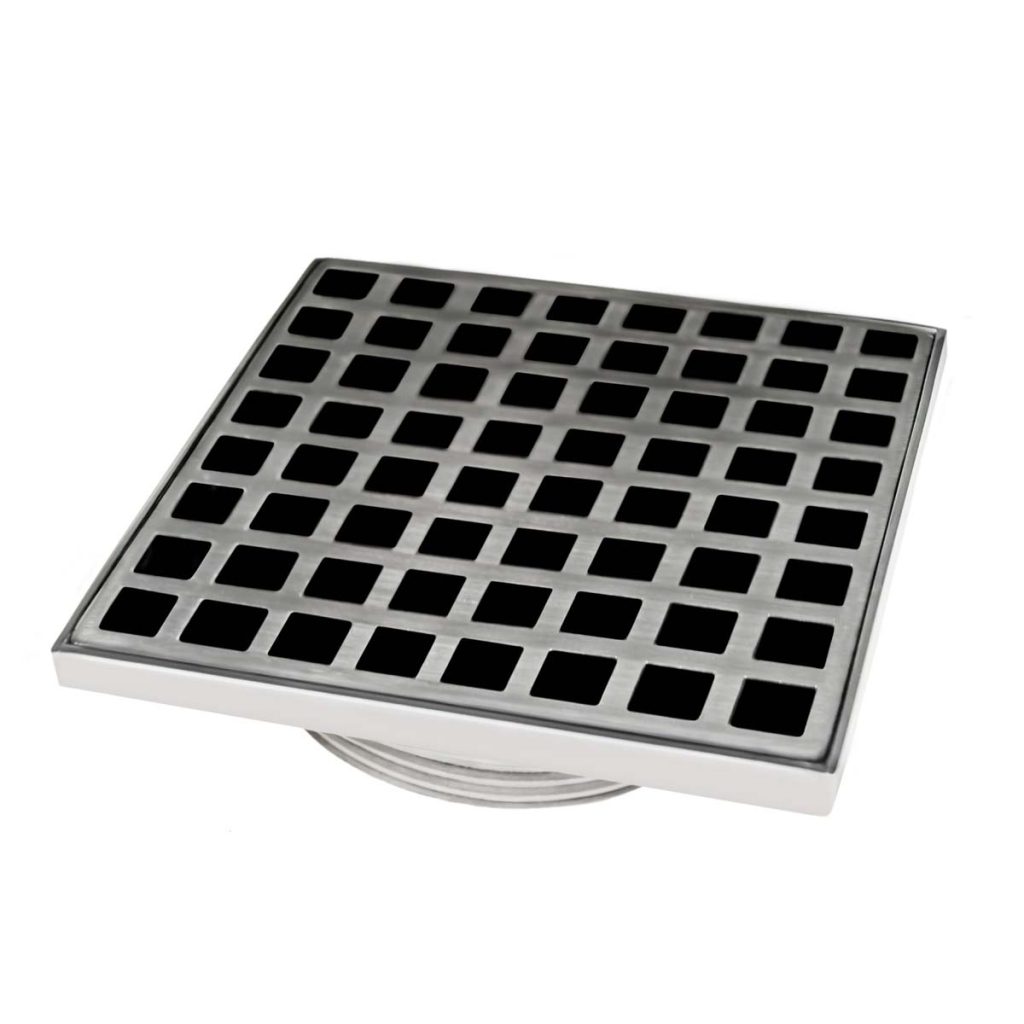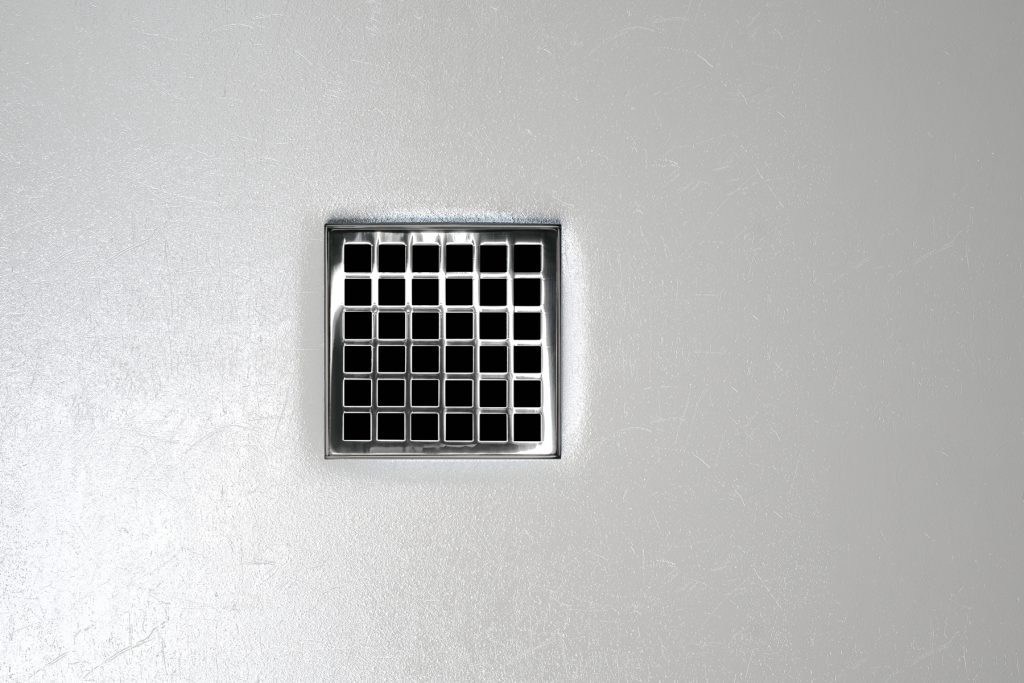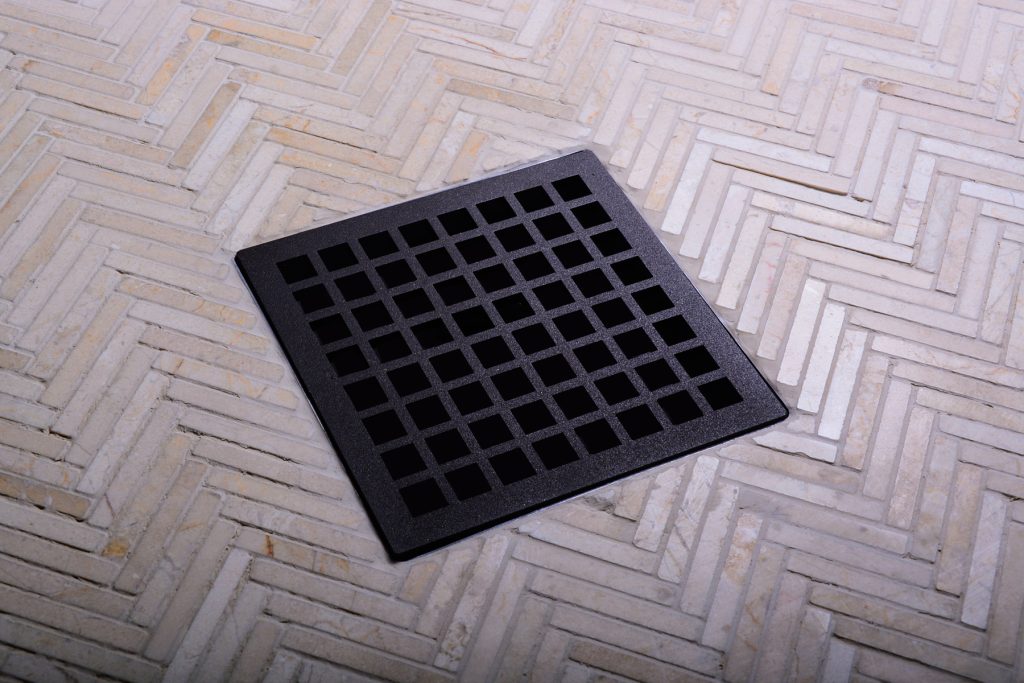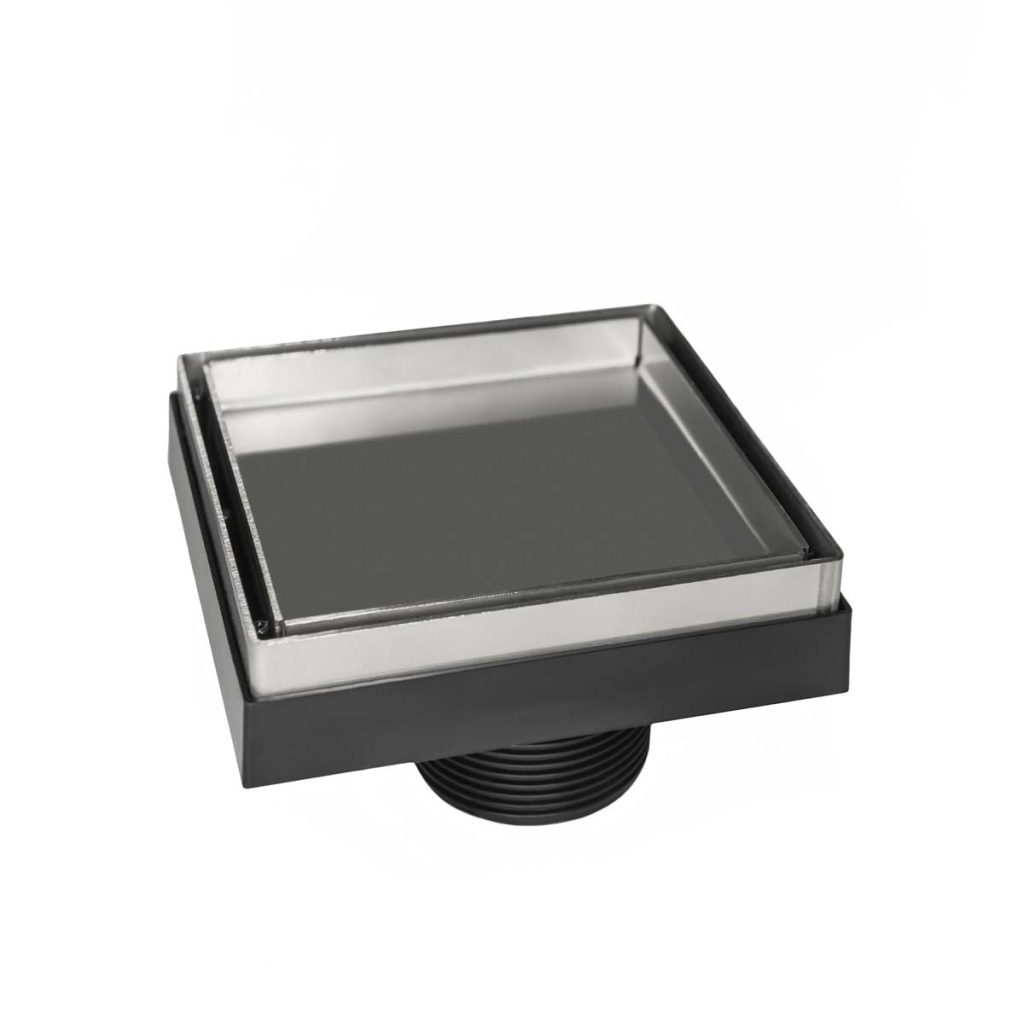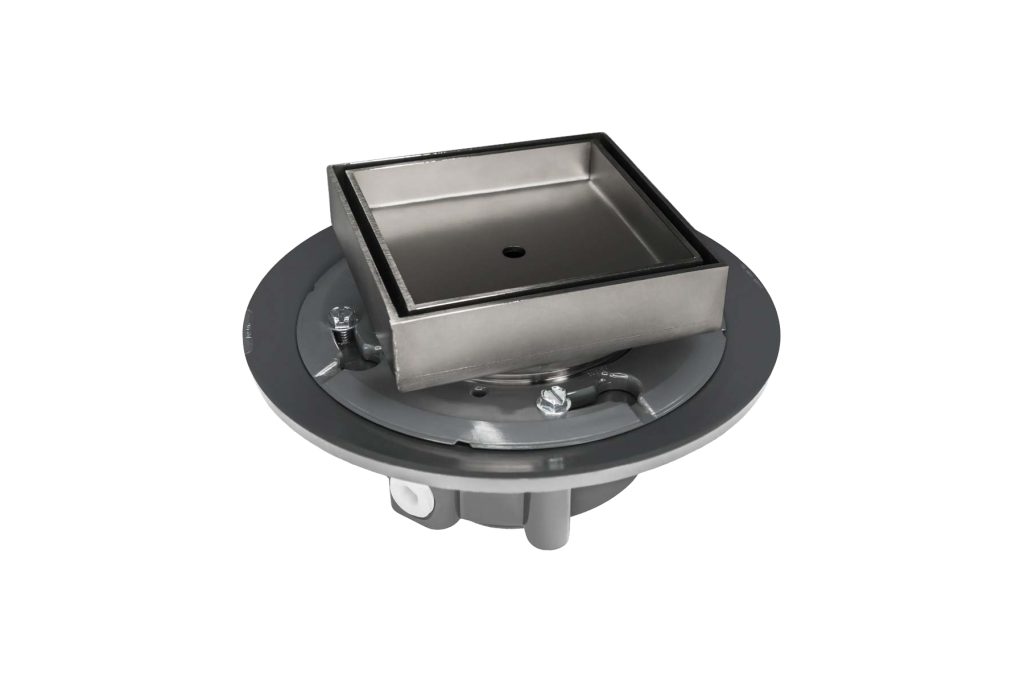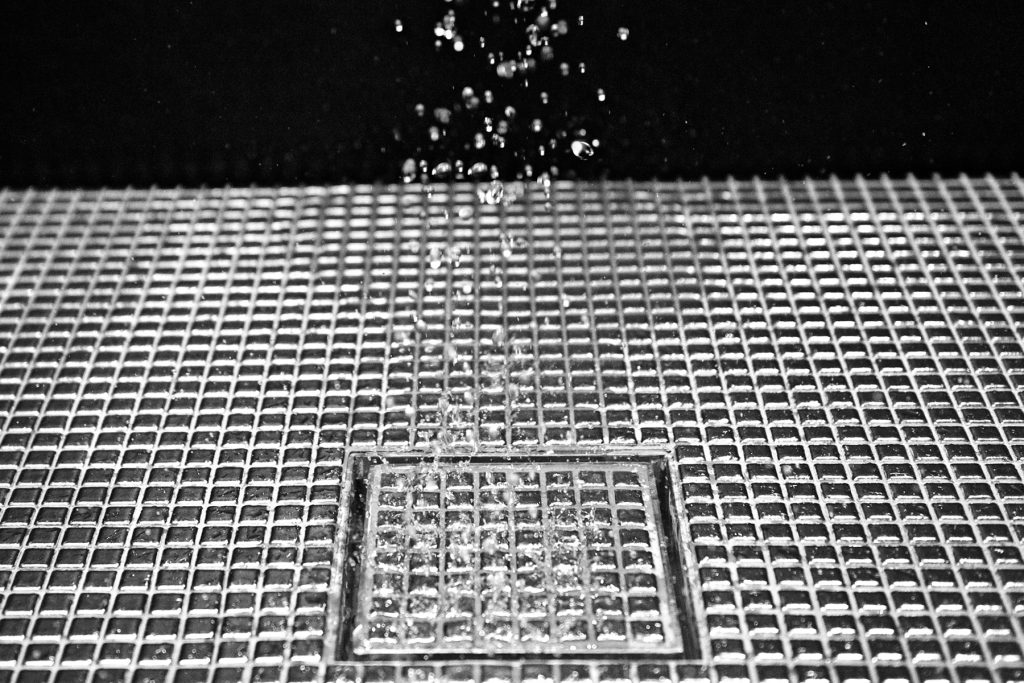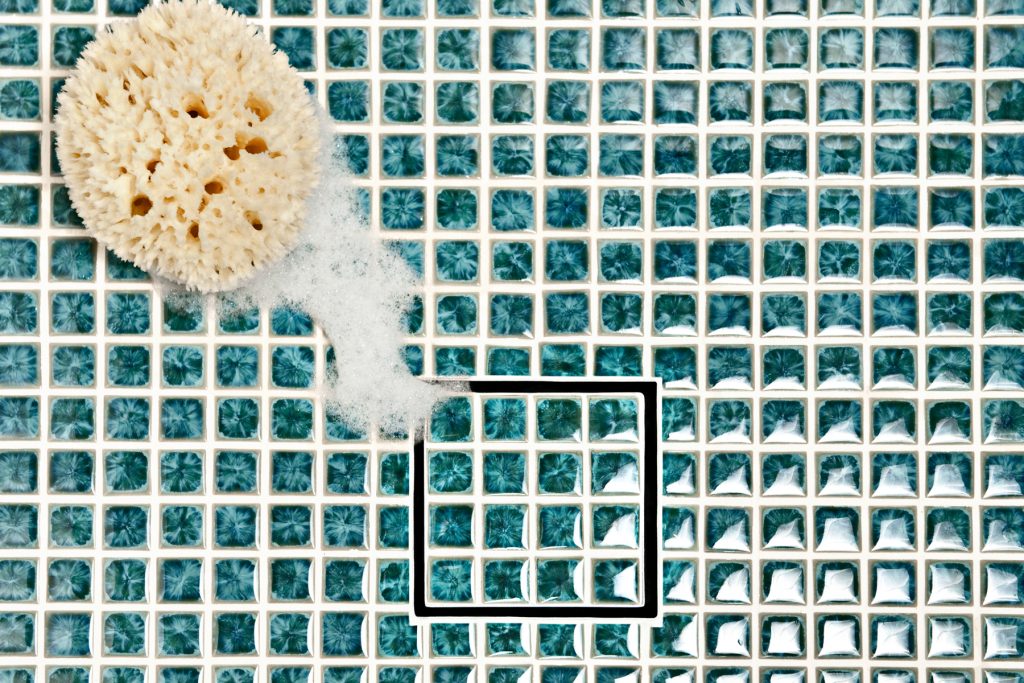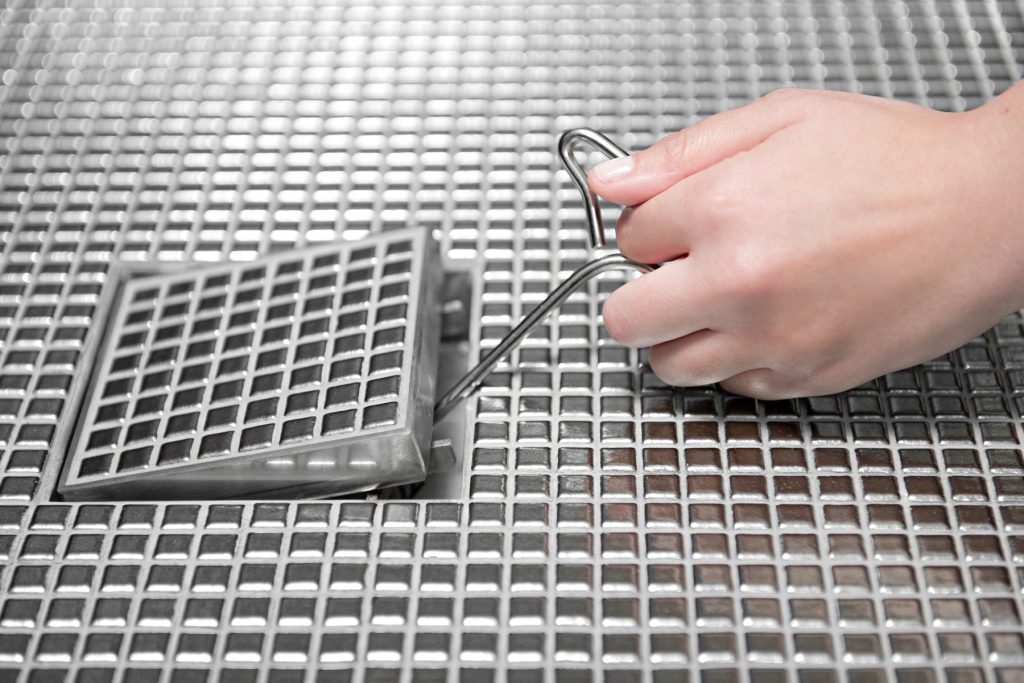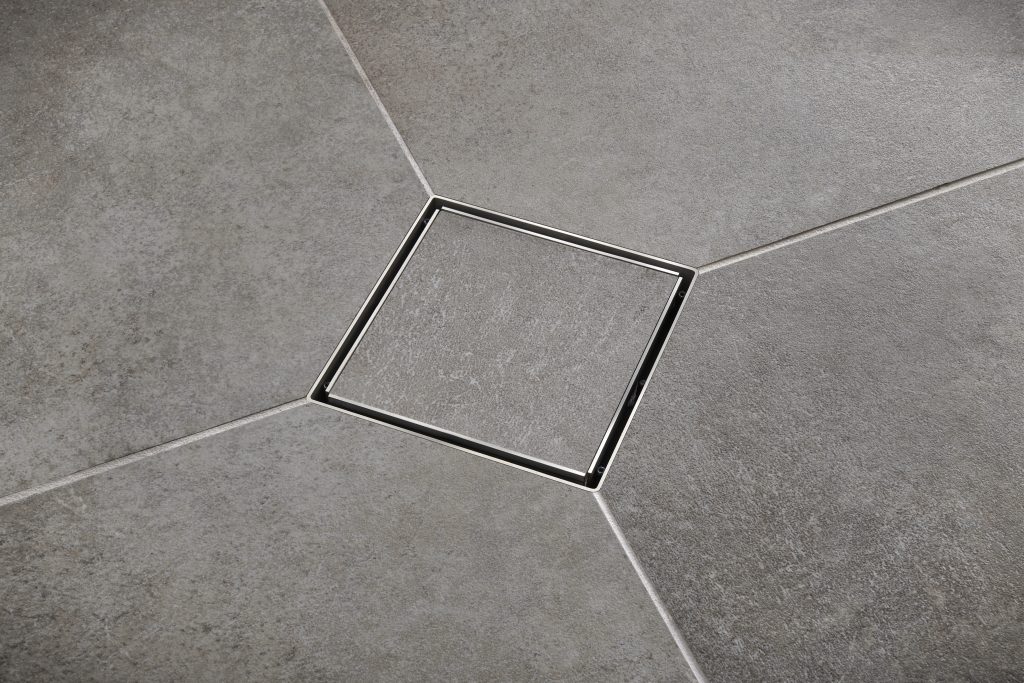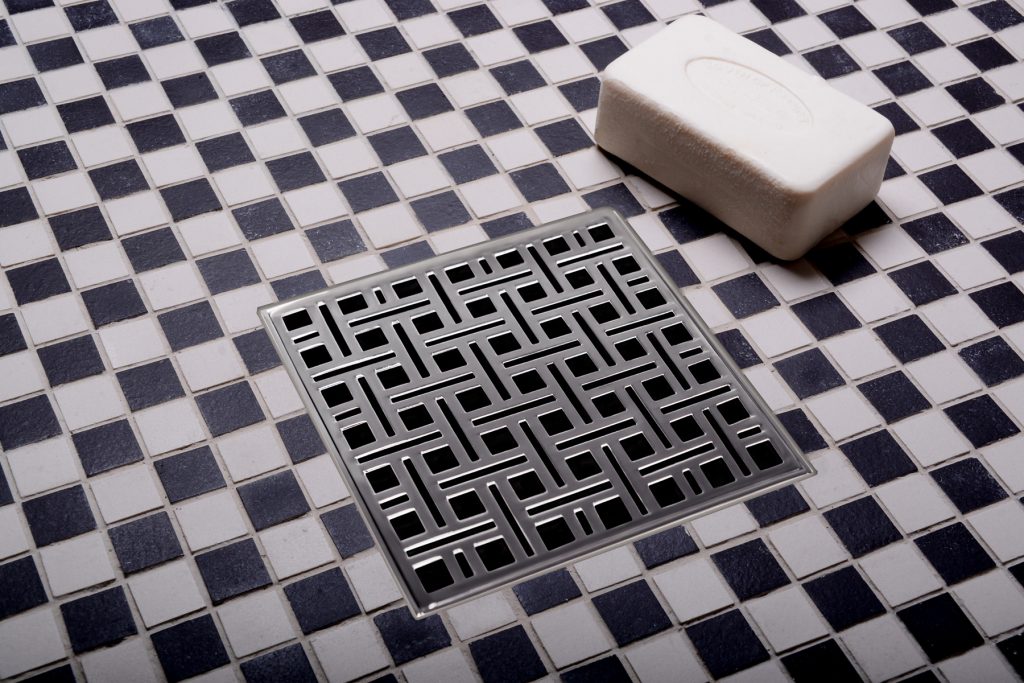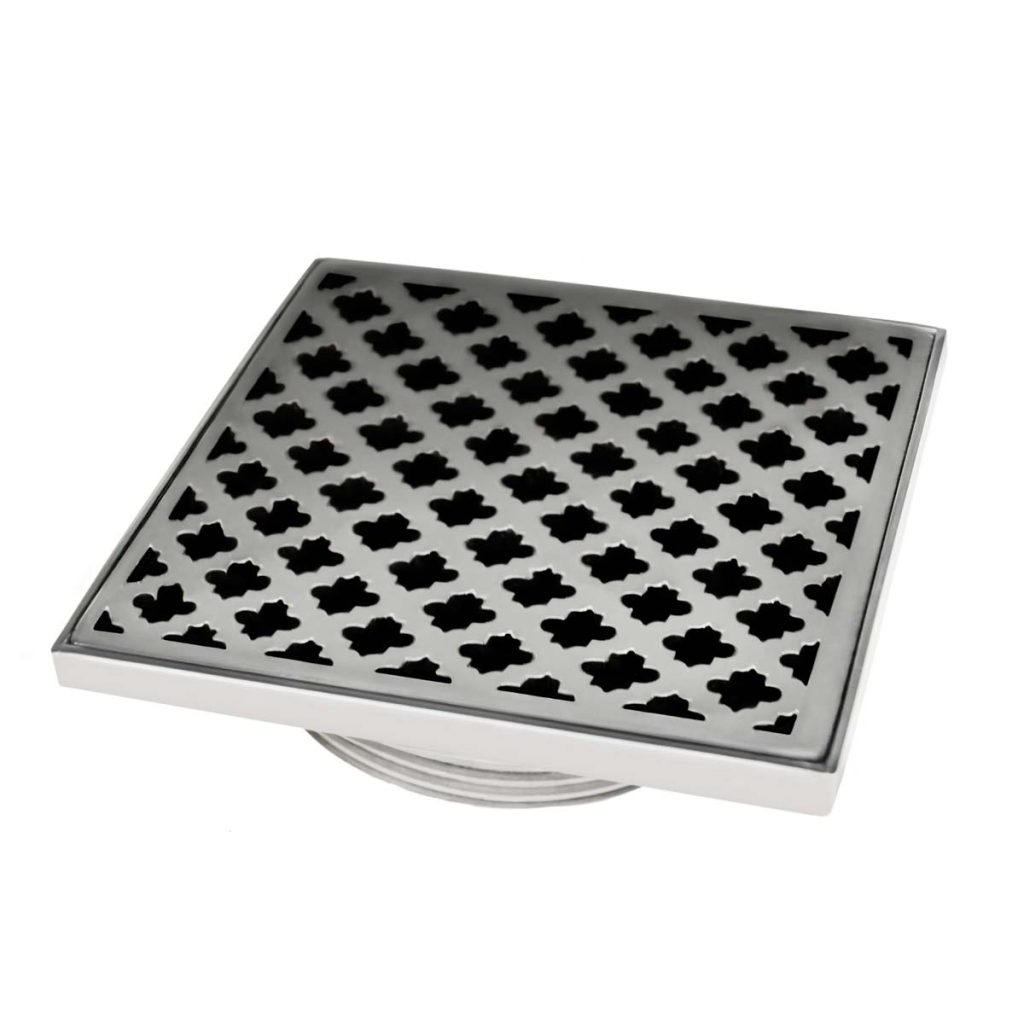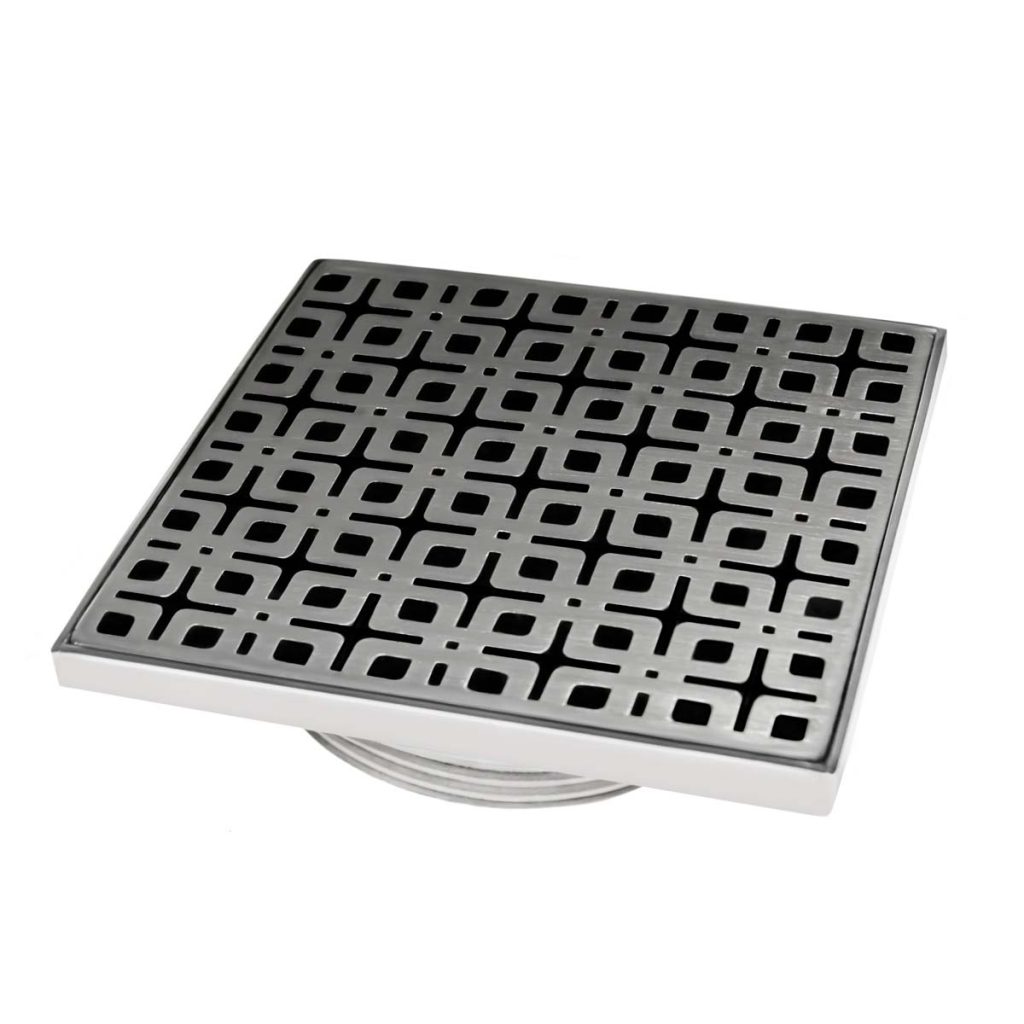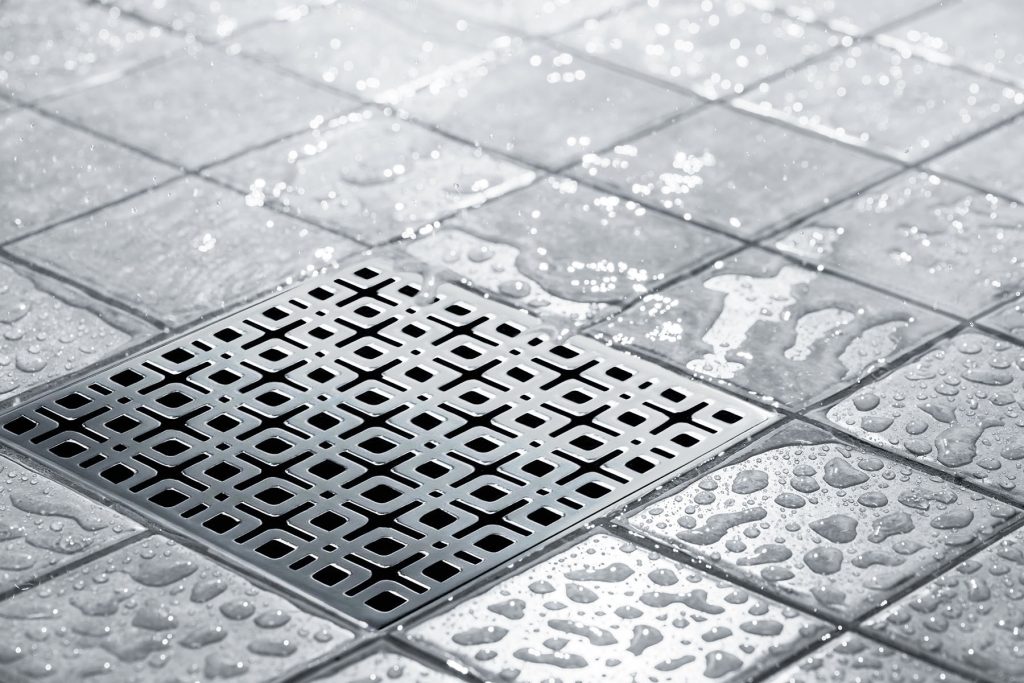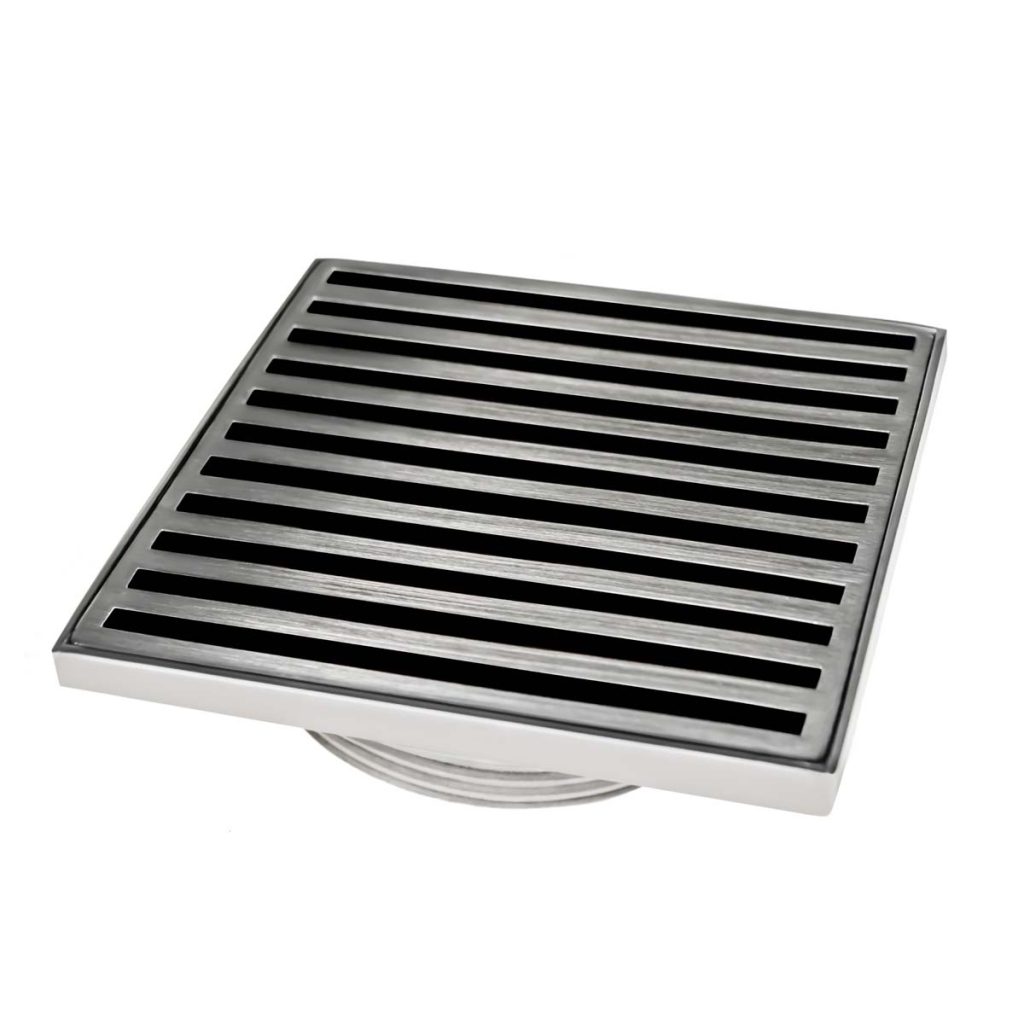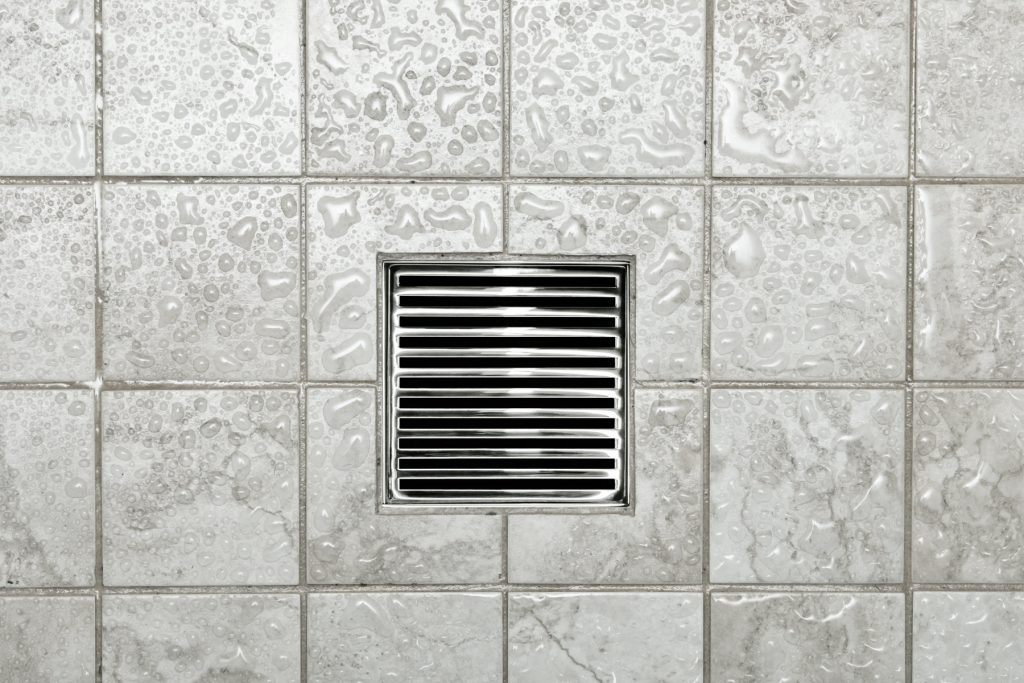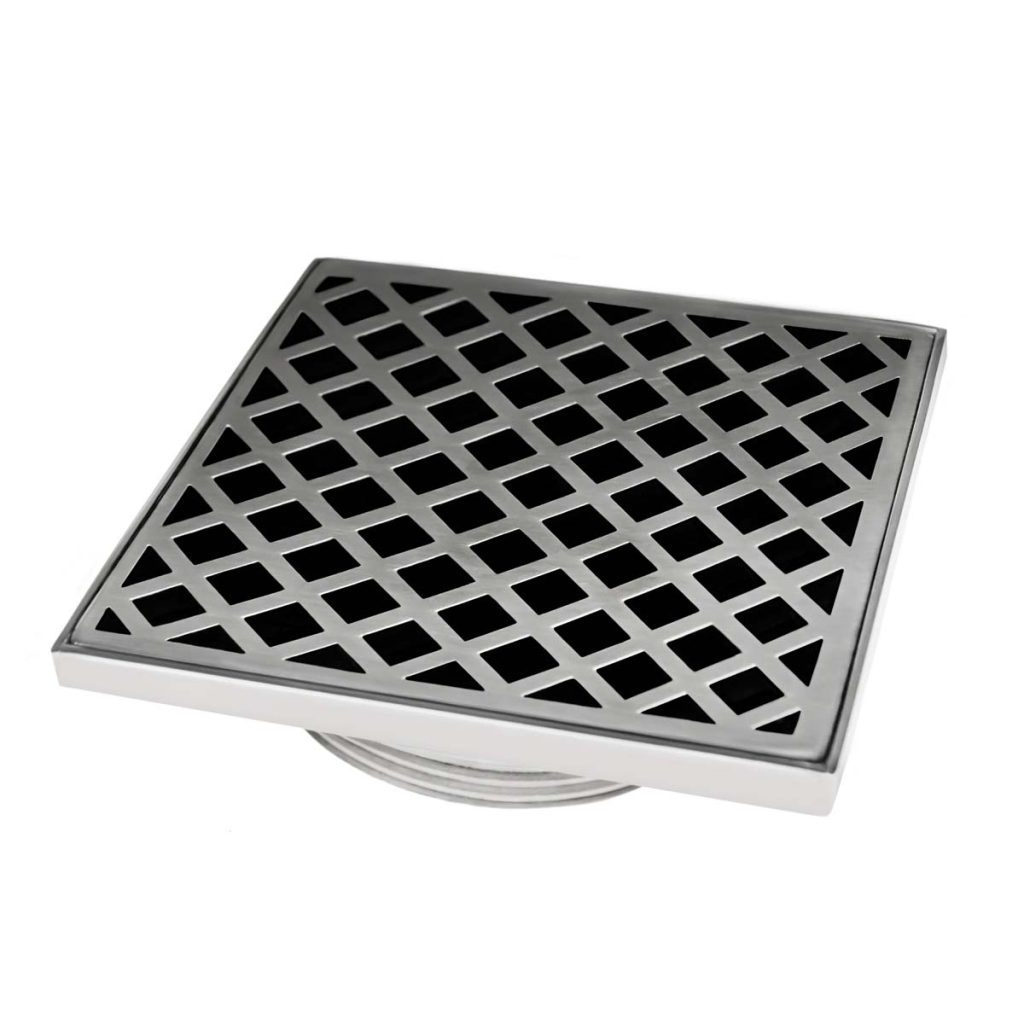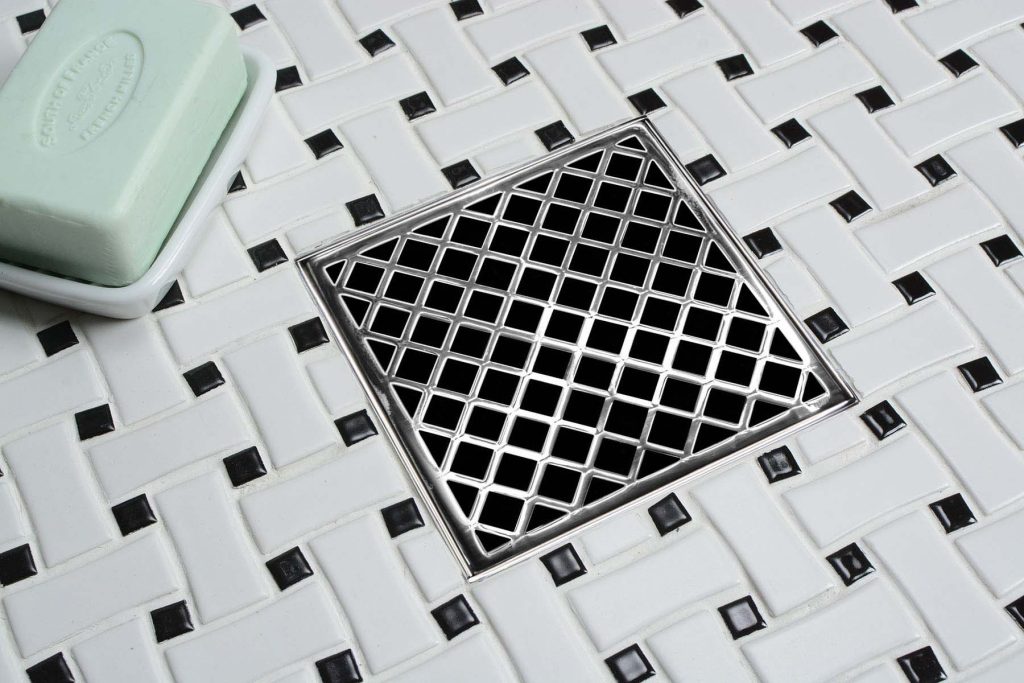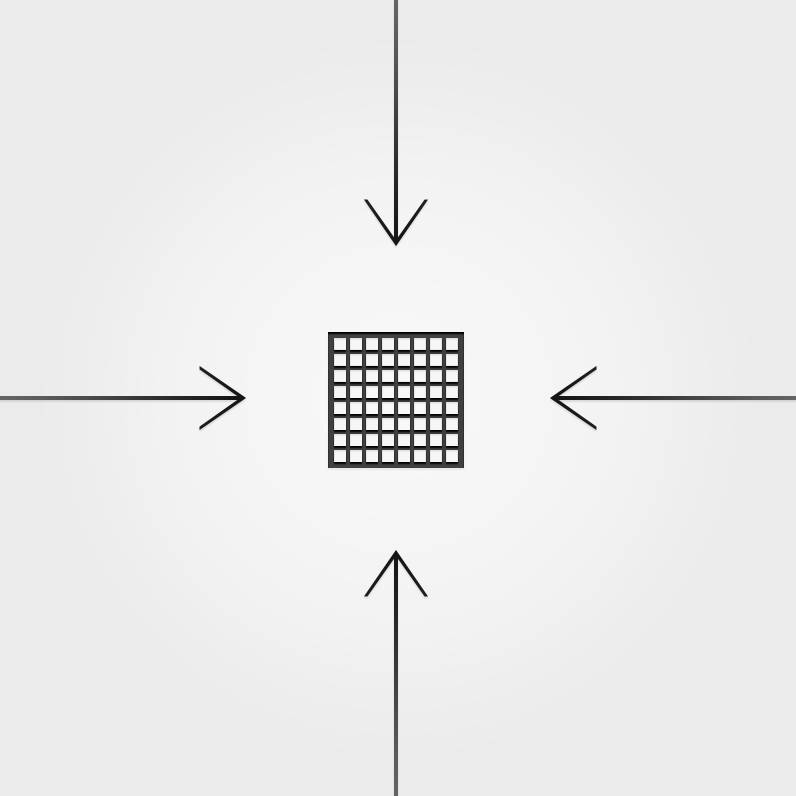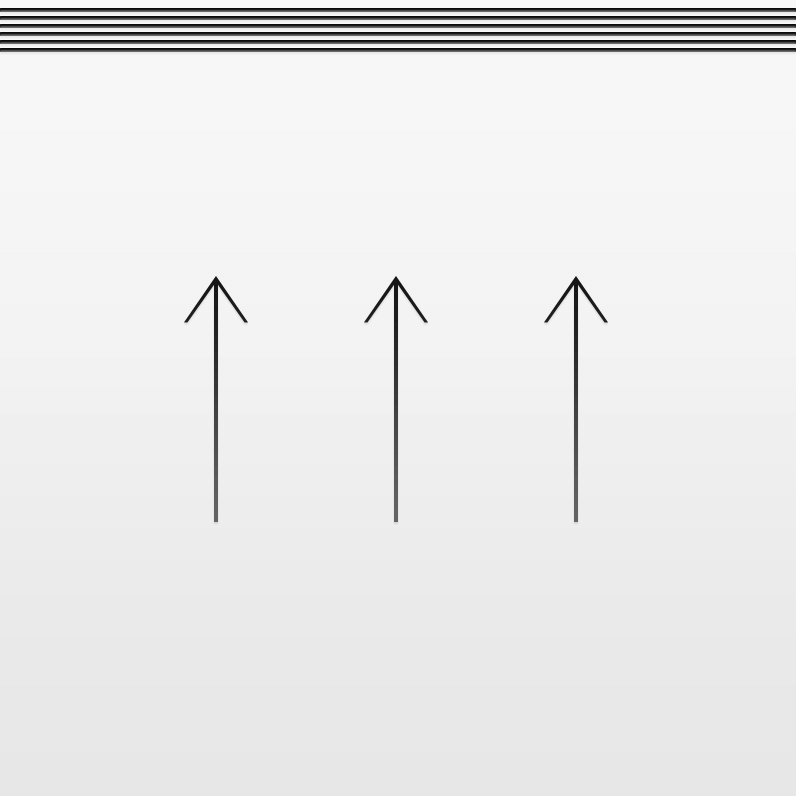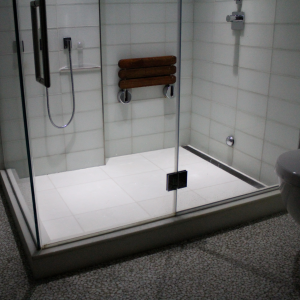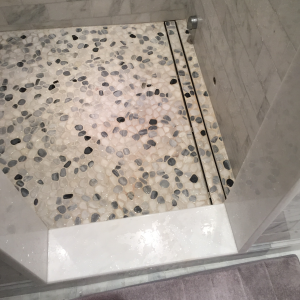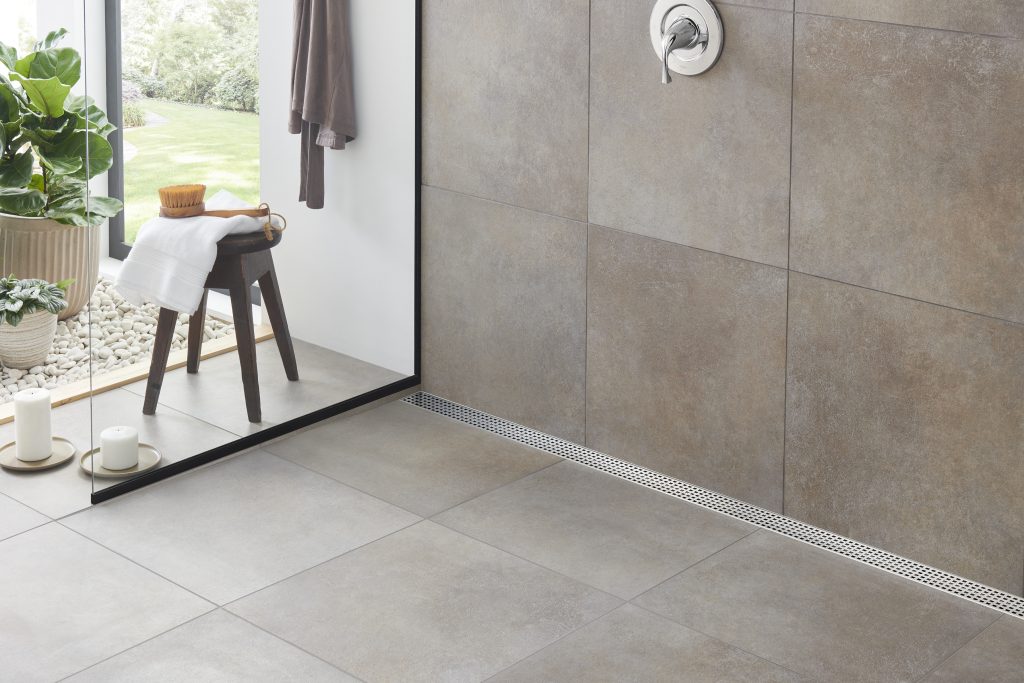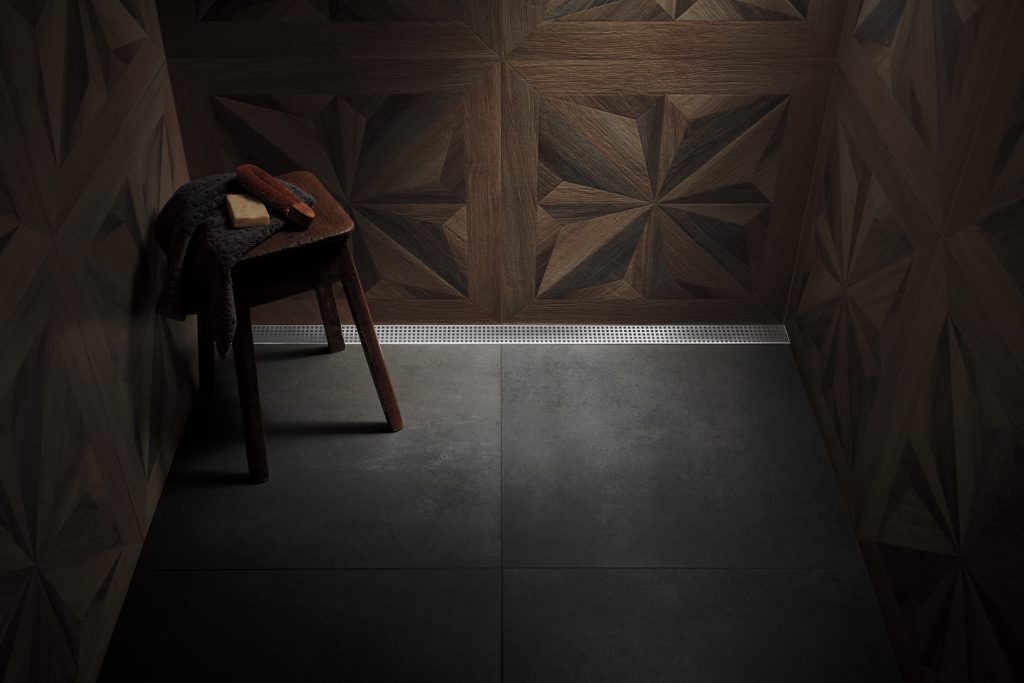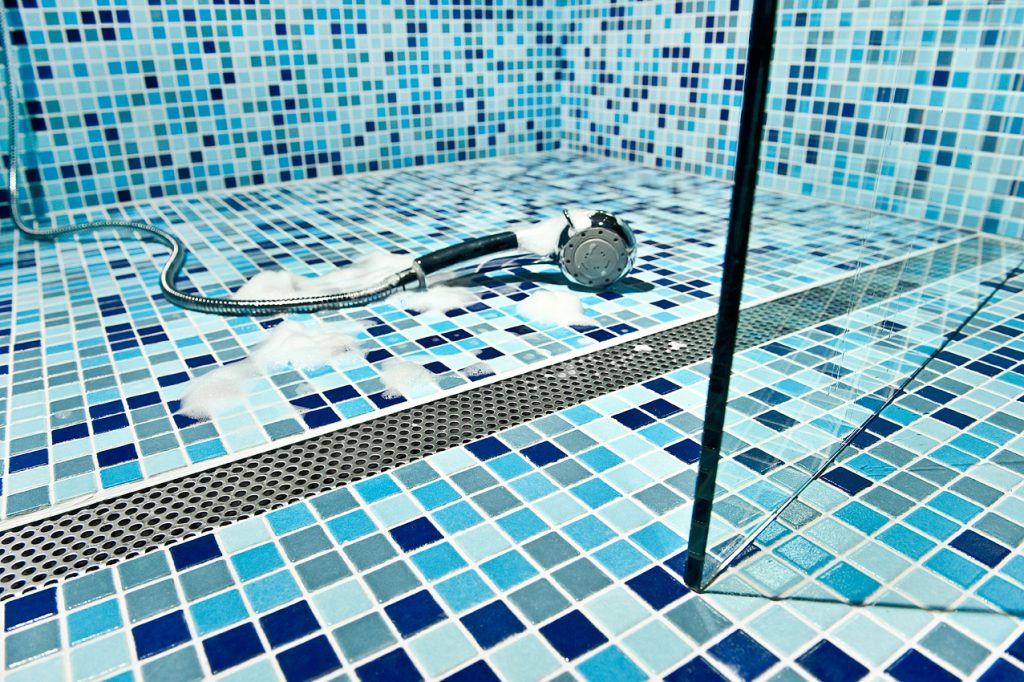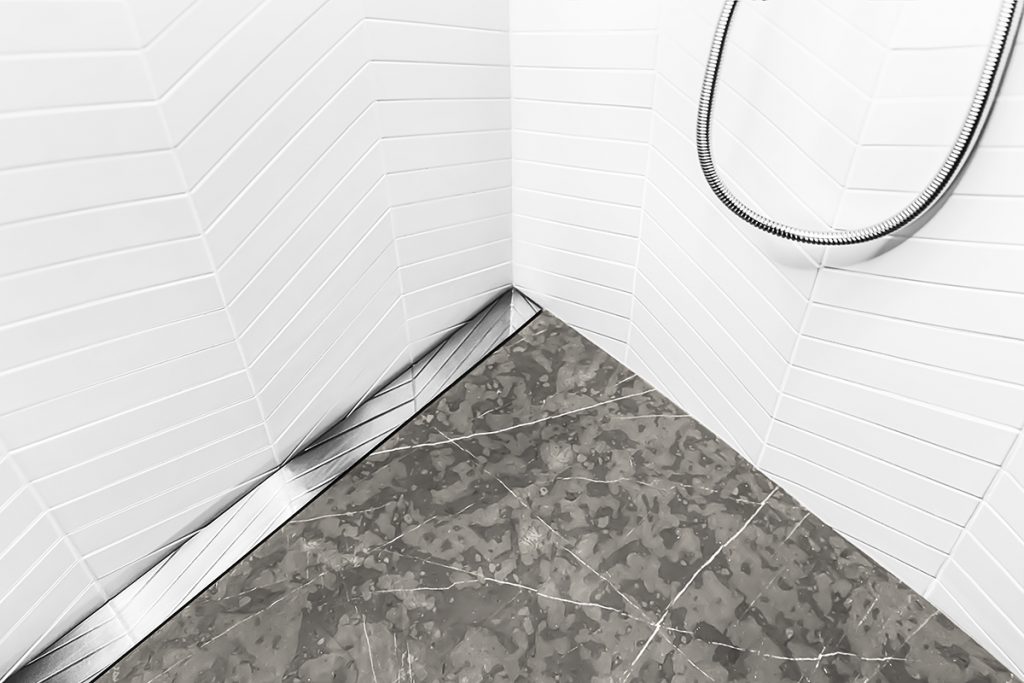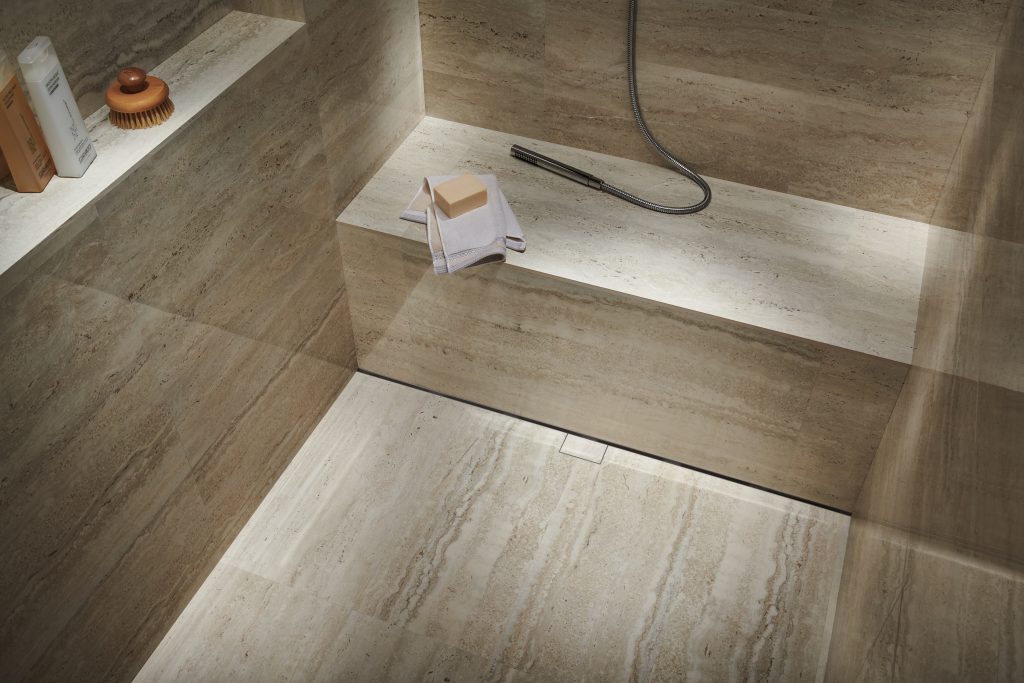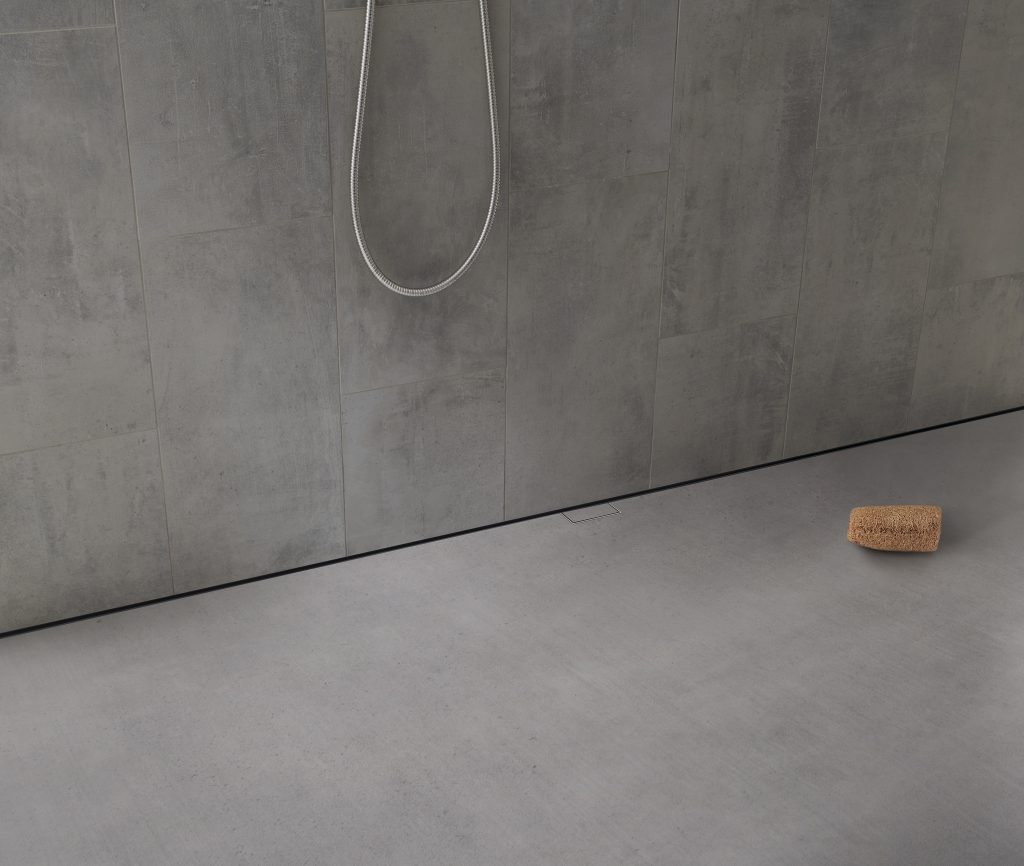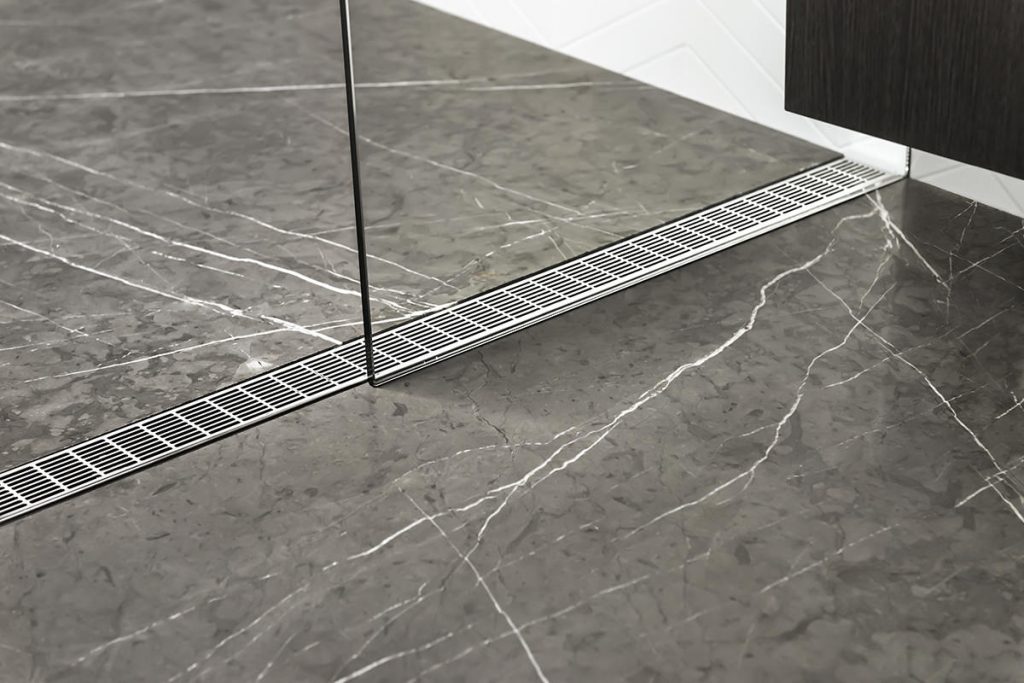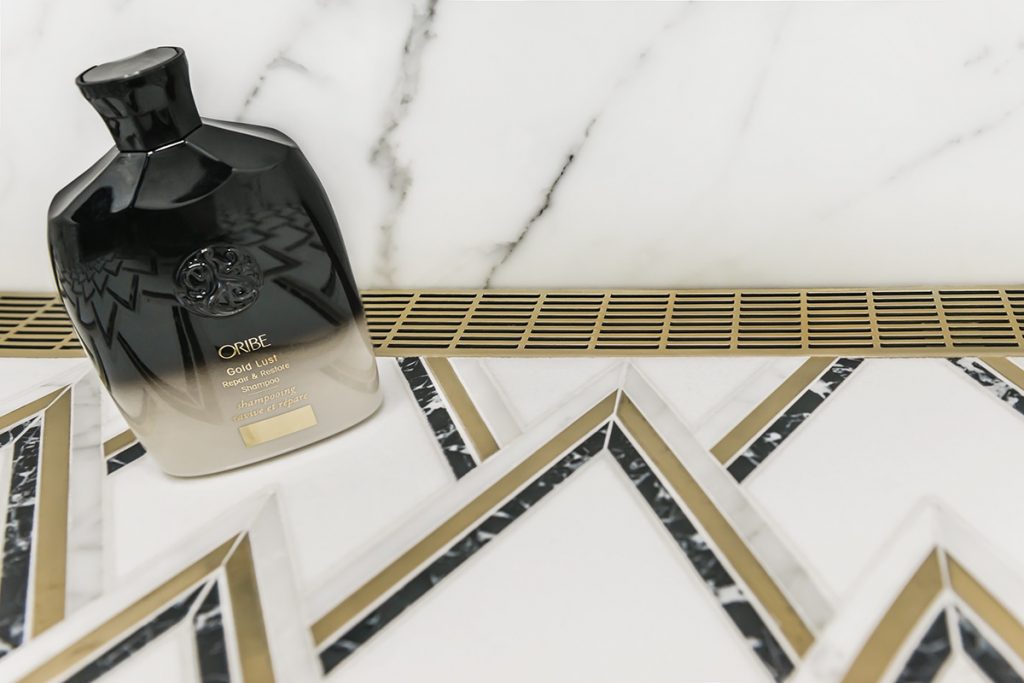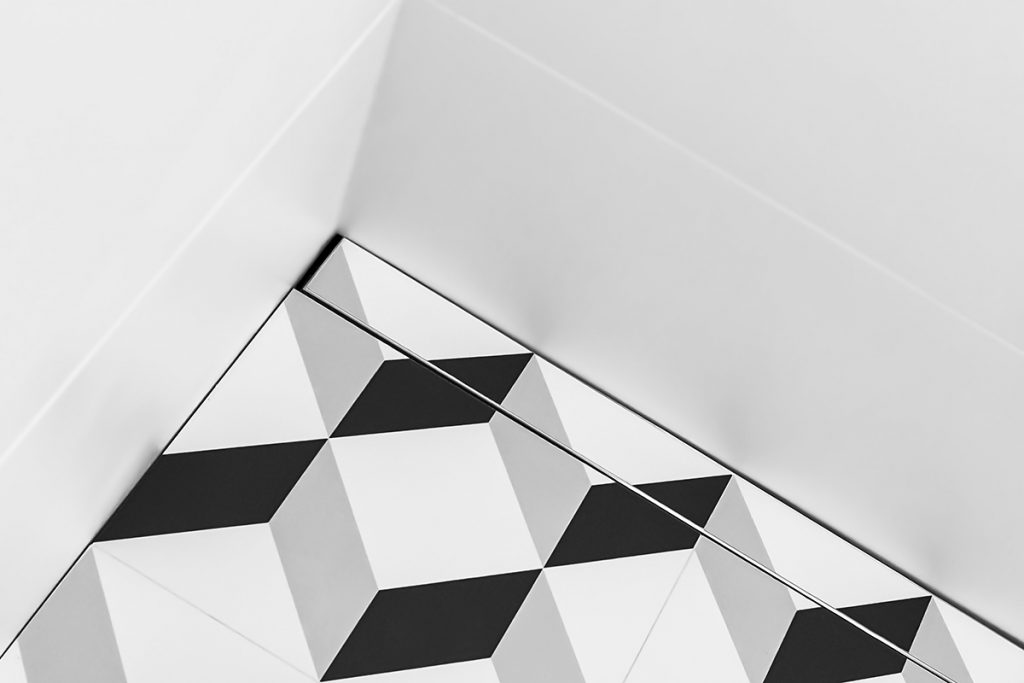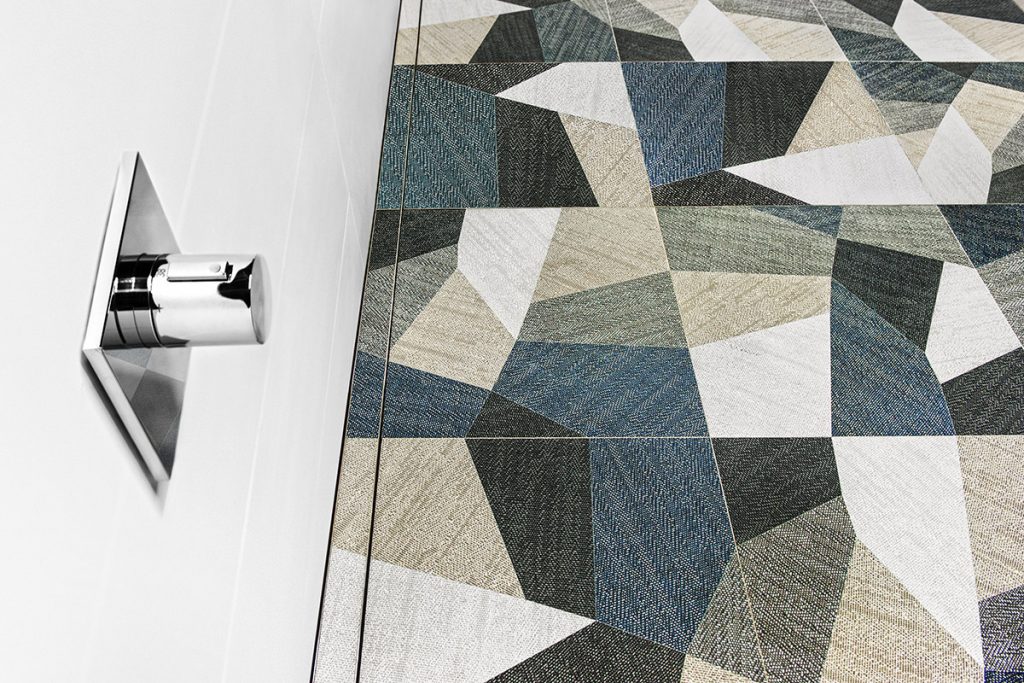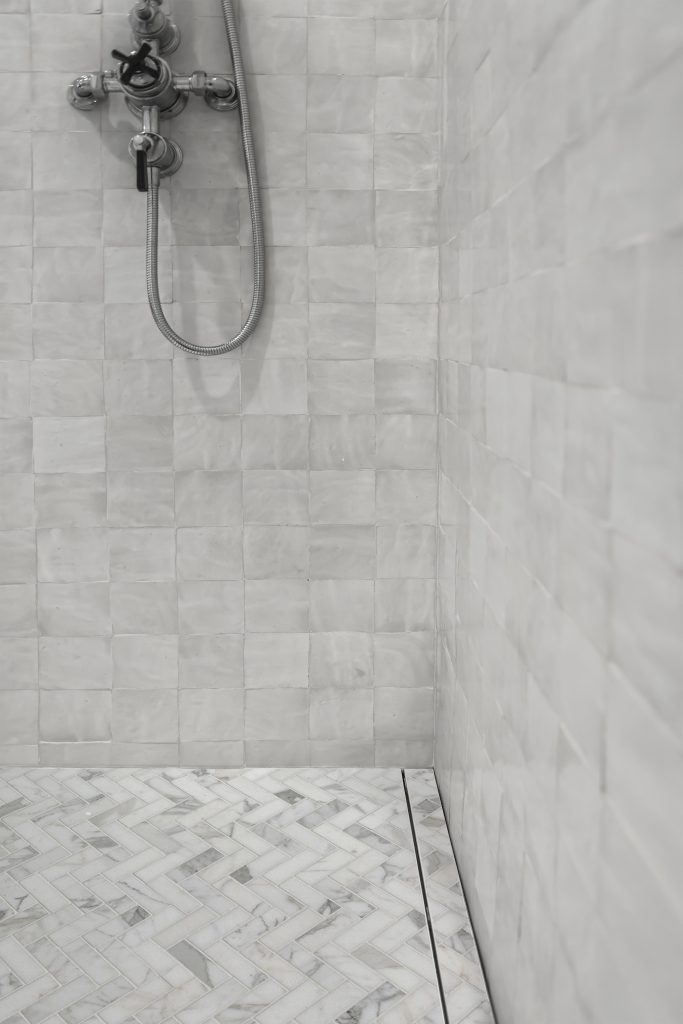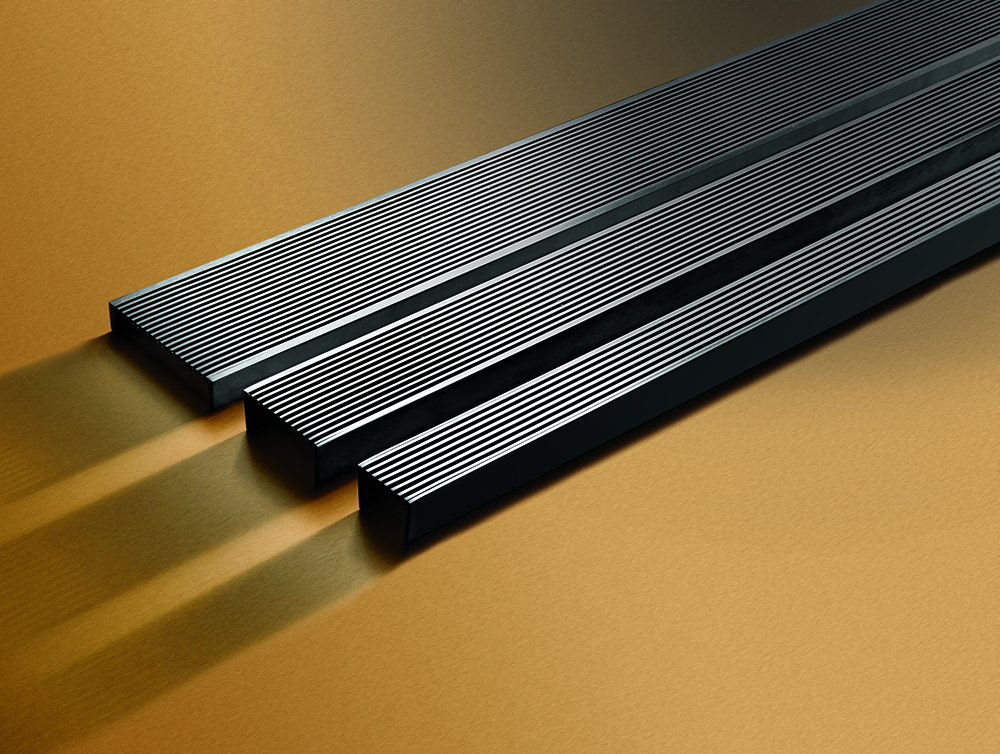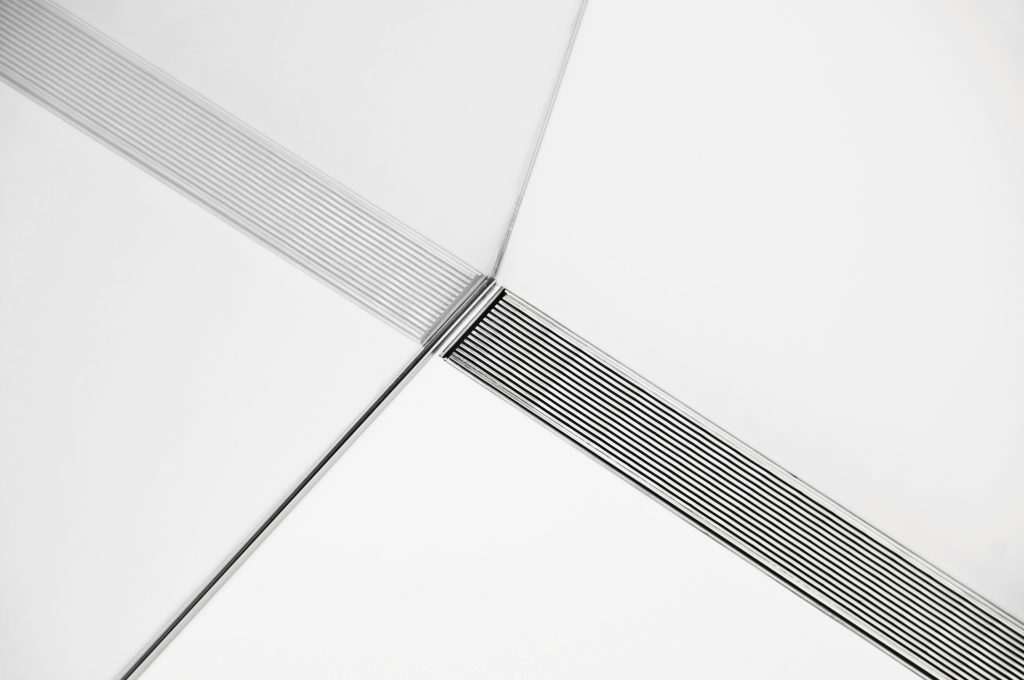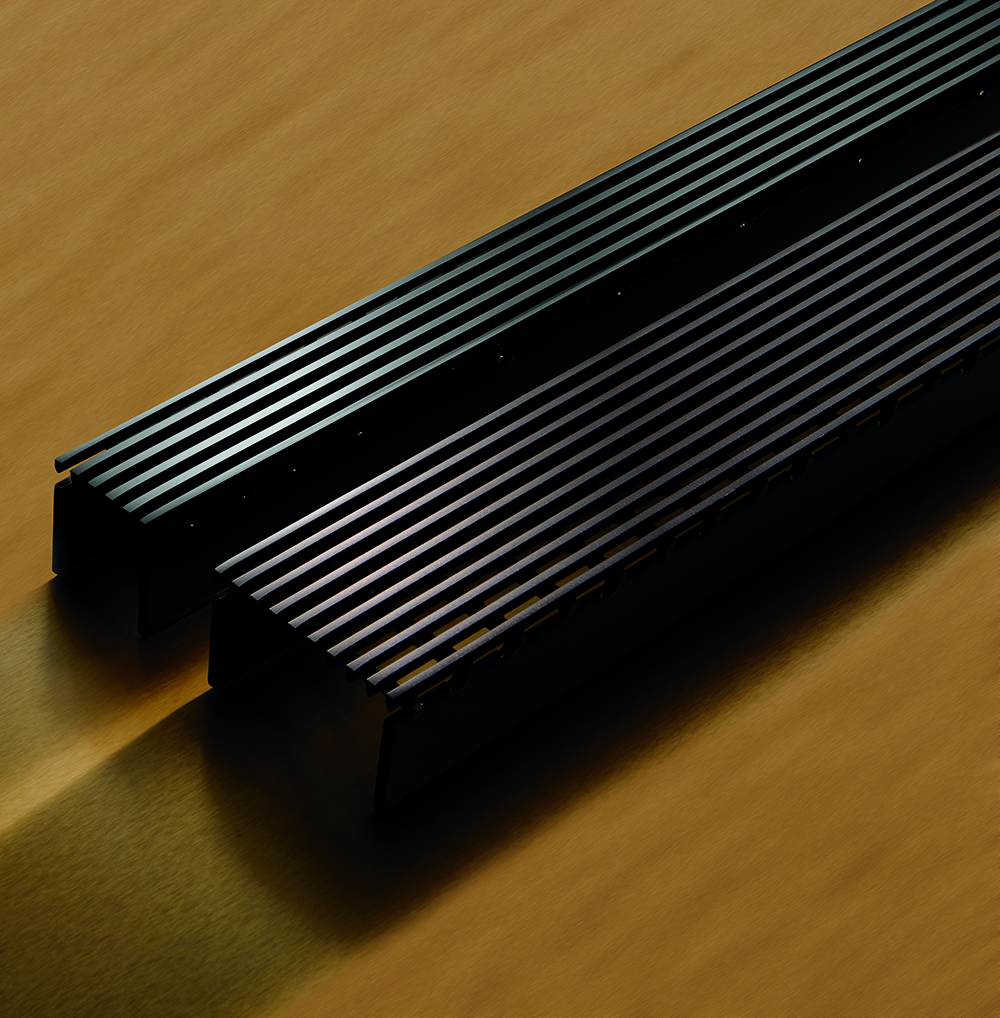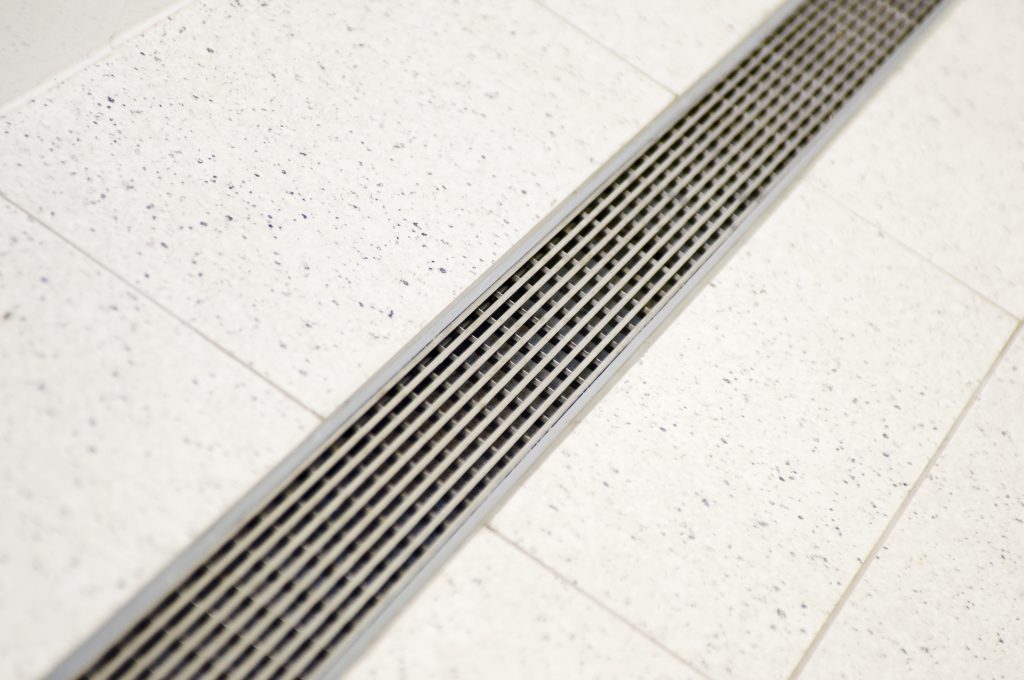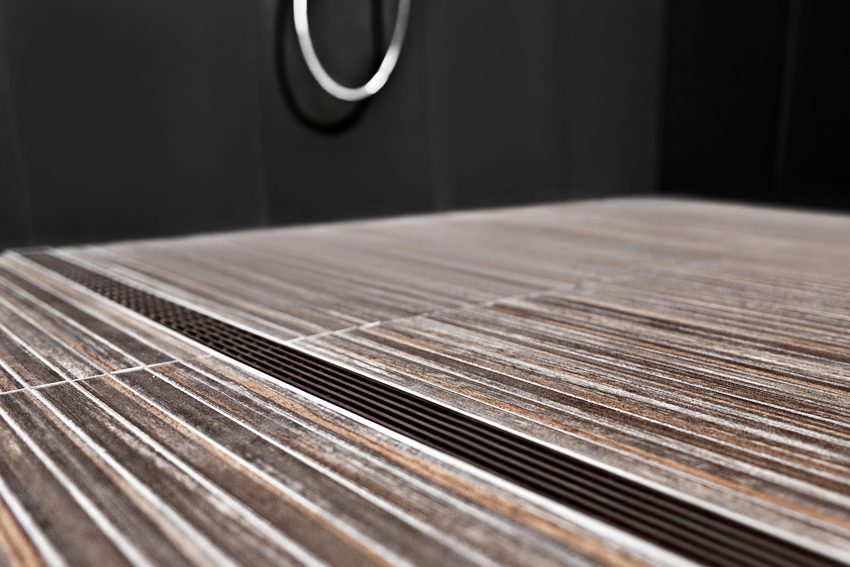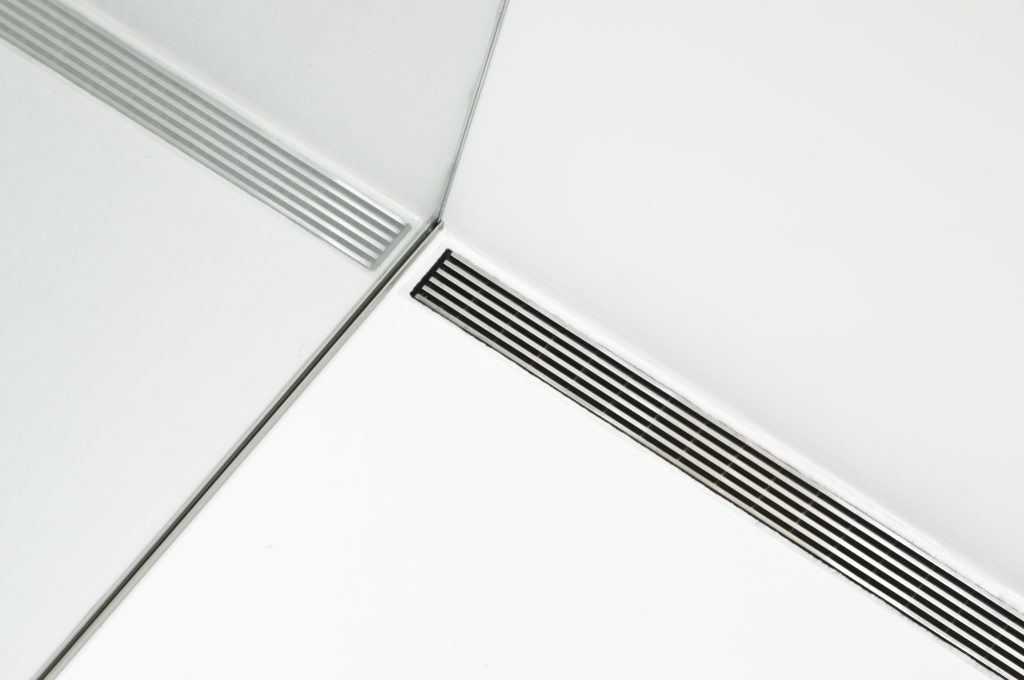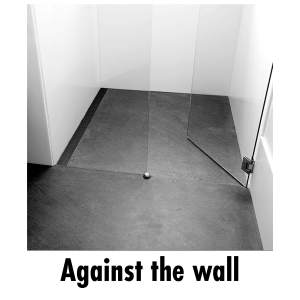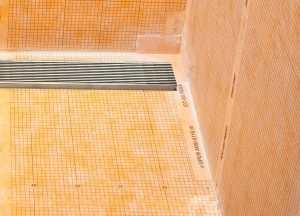As homeowners spent more time in their homes during the past two years, they became more familiar with the form and function of their home on a day-to-day basis. In this time, they gained a better understanding of which design elements enhanced their lifestyle and daily movements and the aspects of their home that did not. In turn, this helped homeowners become more comfortable with the idea of aging in place as well as any necessary changes that need to be made to the format of their home as they mature with their home
Today, we take a deep dive into this increasingly popular design concept in the bathroom, its importance and how you can take an aging in place design approach now.
Barrier-Free Floor Plans
When it comes to the bathroom, a barrier-free floorplan design is the most crucial component to the aging in place plan. Reducing any potential barricades that may prohibit ease of mobility or access to certain points in the bathroom is an important part of long term planning for living and aging in place.
The number one product we recommend to aid in a barrier-free configuration is a linear drain. When incorporated correctly, homeowners can remove unnecessary shower curbs, doors and other barriers that may restrict the use of the bathroom for anyone with mobility.
View this post on Instagram
Additionally, the removal of any unneeded shower curbs or barriers reduces the risk of potential tripping or slipping hazards as mobility becomes more strenuous later in life.
Walk-In Tubs
An everyday task like taking a bath can become risky at any stage of life, especially if your bathroom is not outfitted properly. According to a study conducted by the New York Times, one-third of senior participants have experienced falls and injuries as a result of stepping out of the bath. Investing in a walk-in tub is one of the safest options you can make for your bathroom as you don’t have to climb over a large threshold to enter the tub.
If a walk-in tub is not an option for your space, we recommend safeguarding the floor surrounding the bath with an aptly placed linear or center floor drain that will blend in with the floor. This will provide additional water management in that area of the room and reduce any water that escapes the tub from coming into the dry parts of the room.
View this post on Instagram
Eliminate Shower Curtains
Replacing your shower curtain with a glass door will not only increase the cleanliness of your bathroom but provided increased stability in the shower. Shower curtains, especially cloth, are breeding grounds for bacteria and should be replaced multiple times a year. They also pose a significant danger when entering or exiting the shower as they are easy to become tangled in or trip over.
View this post on Instagram
Shower doors on the other hand establish more security, improve functionality, provide ease of use and prevent excess water and soap from flowing onto the bathroom floor.
Sink and Vanity Adjustments
If your aging family member has limited mobility or is in a wheelchair, reducing the vanity height can be an immense help when using the sink. ADA accessible vanities are cannot exceed 34” in height when measuring from floor to countertop.
View this post on Instagram
For additional support, introduce practical fixtures that assist with ordinary tasks, such as motion sensor faucets or touch-to-open cabinets will drastically lessen unnecessary strain on the body.
Install Non-Slip Floors
Slippery floors are arguably the biggest bathroom hazard, especially for older members of the household who may struggle with balance. That’s why non-slip solutions are important.
View this post on Instagram
Ceramic tiles are the perfect choice when it comes to all bathroom surfaces, especially the floor. Not only are they slip-resistant, but they are easy-to-maintain, highly durable, impervious to water, fire and scratches. They also establish a seamless transition between the wet and dry areas of your bathroom.
Shower Enhancements
The final design tip we recommend for gracefully aging in place focuses on the shower. Incorporating functional accessories in the shower that assist with your personal care routine help craft a bathroom that will help you and your loved ones progress with each stage of life and provide a more relaxing atmosphere in your space. Below are our personal favorite shower fixtures:
Grab Bar: Installing a grab bar will make getting in and out of the shower a simple exercise. Grab bars can be installed on surfaces like drywall, tile, fiberglass, and stone. For the most support, grab bars should be attached directly to the studs inside a wall.
Adjustable Shower Head: These types of showerheads are affixed to a shower a sliding bar and can be moved to nearly any height. They are great for those who prefer a combination of sitting and standing and install in minutes.
Shower Bench or Seat:
Standing in the shower may become difficult and tiring over time. Installing a shower bench or waterproof seat will give homeowners a spot where they can relax and rise off without exerting immense amounts of energy. Shower benches also provide a spot to store soaps, shampoo, conditioner and lotions at a more comfortable position than the floor or a high shelf.
View this post on Instagram
For more product trends and tips from Infinity Drain, be sure to follow us on Facebook, Instagram and Pinterest.

